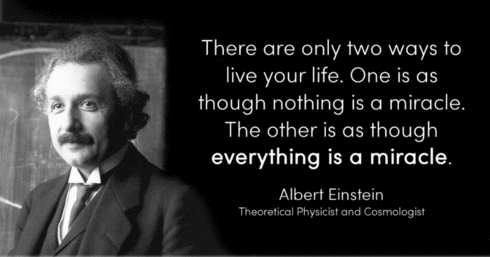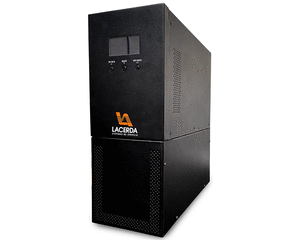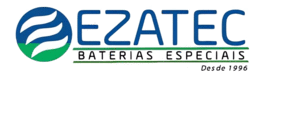No Blog Eletrônica de Potência você encontrará informações sobre teses,artigos,seminarios,congressos,tecnologias,cursos,sobre eletrônica potência. “TEMOS O DESTINO QUE MERECEMOS. O NOSSO DESTINO ESTA DE ACORDO COM OS NOSSOS MERITOS” ALBERT EINSTEIN. Imagination is more important than knowledge, for knowledge is limited while imagination embraces the entire world. EL FUTURO SE CONSTRUYE HOY,EL SUCESSO NO ES FRUTO DE LA CASUALIDAD,SE HUMILDE ,APRENDE SIEMPRE CADA DIA.
AUTOR DO BLOG ENG.ARMANDO CAVERO MIRANDA SÃO PAULO BRASIL

.gif)
“SE SEUS PROJETOS FOREM PARA UM ANO,SEMEIE O GRÂO.SE FOREM PARA DEZ ANOS,PLANTE UMA ÁRVORE.SE FOREM PARA CEM ANOS,EDUQUE O POVO.”
“Sixty years ago I knew everything; now I know nothing; education is a progressive discovery of our own ignorance. Will Durant”


https://picasion.com/


sábado, 21 de julho de 2018
Development of DC to Single-phase AC Voltage Source Inverter with Active Power Decoupling Based on Flying Capacitor DC/DC Converter-Hiroki Watanabe, Tomokazu Sakuraba, Keita Furukawa-2018
Development of DC to Single-phase AC Voltage Source Inverter with Active Power Decoupling Based on Flying Capacitor DC/DC Converter-Hiroki Watanabe, Tomokazu Sakuraba, Keita Furukawa
Abstract—In the present, an power decoupling method without additional component is proposed for a DC to Single-phase AC converter, which consists of a flying capacitor DC/DC converter (FCC) and the voltage source inverter (VSI). In particular, a small flying capacitor in the FCC is used for both a boost operation and a double-line-frequency power ripple reduction. Thus, the DC link capacitor value can be minimized in order to avoid the use of a large electrolytic capacitor. In addition, component design, of e.g., the boost inductor and the flying capacitor, is clarified when the proposed control is applied. Experiments were carried out using a 1.5-kW prototype in order to verify the validity of the proposed control. The experimental results revealed that the use of the proposed control reduced the DC link voltage ripple by 74.5%, and the total harmonic distortion (THD) of the inverter output current was less than 5%. Moreover, a maximum system efficiency of 95.4% was achieved at a load of 1.1 kW. Finally, the high power density design is evaluated by the Pareto front optimization. The power densities of three power decoupling topologies, such as a boost topology, a buck topology, and the proposed topology are compared. As a result, the proposed topology achieves the highest power density (5.3kW/dm3) among the topologies considered herein.
Index Terms—Photovoltaic system (PV), Flying capacitor DC/DC converter, Active power decoupling, Power density design
LINK:http://itohserver01.nagaokaut.ac.jp/itohlab/paper/2018/20180301_IEEE_TPEL/watanabe.pdf
Assinar:
Postar comentários (Atom)



Nenhum comentário:
Postar um comentário